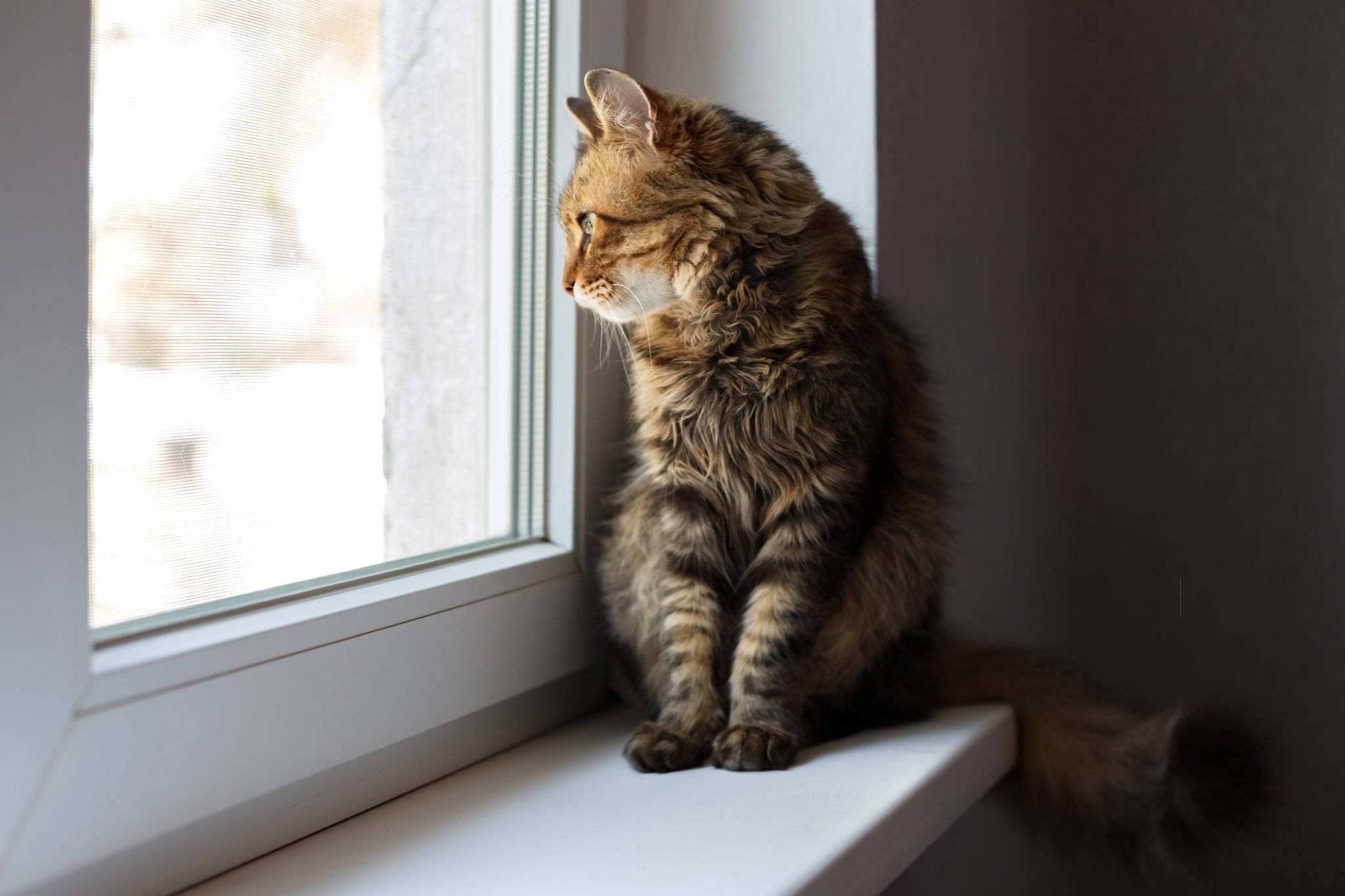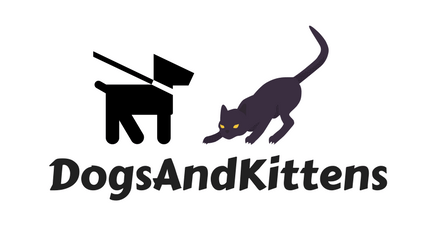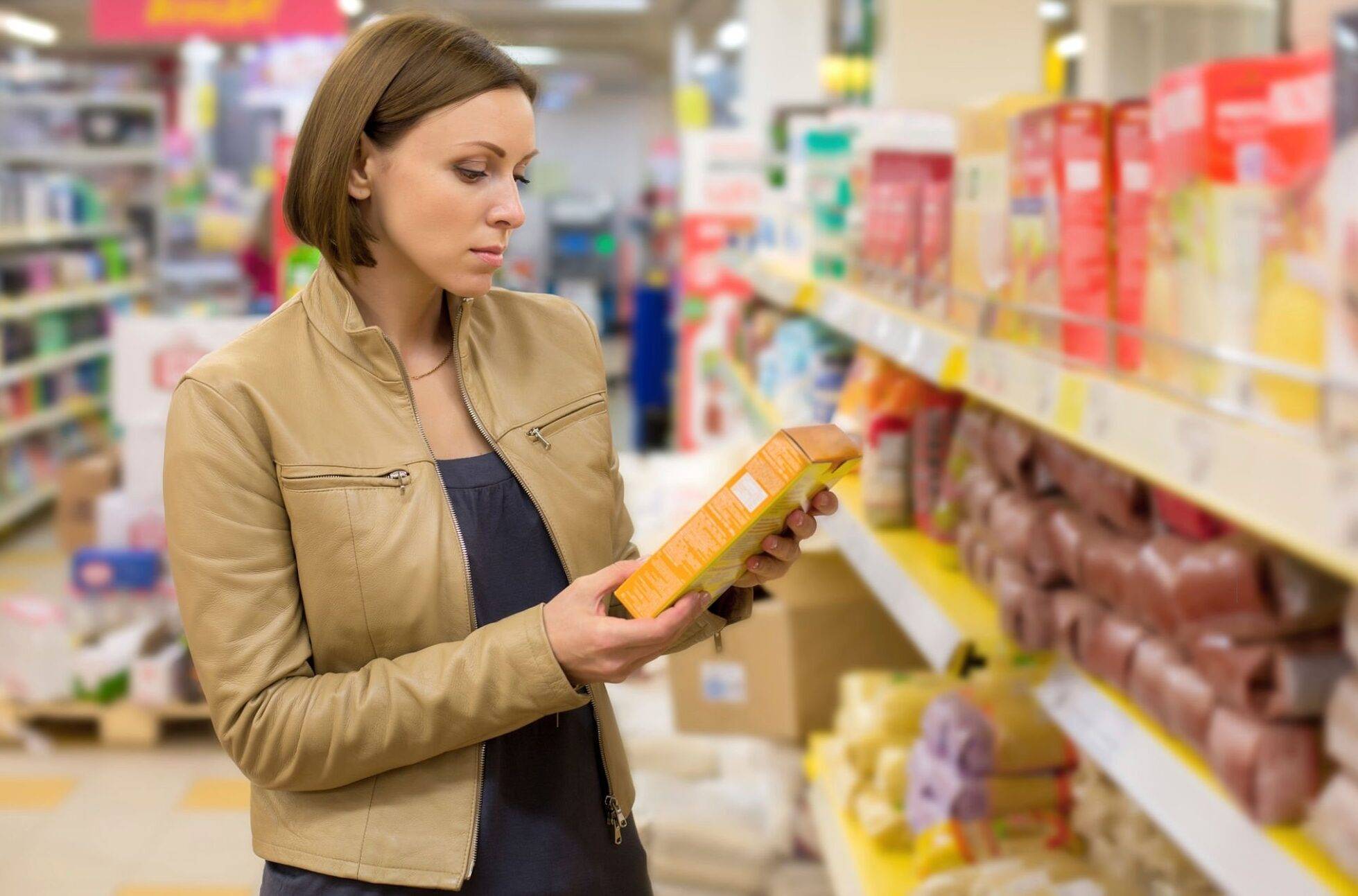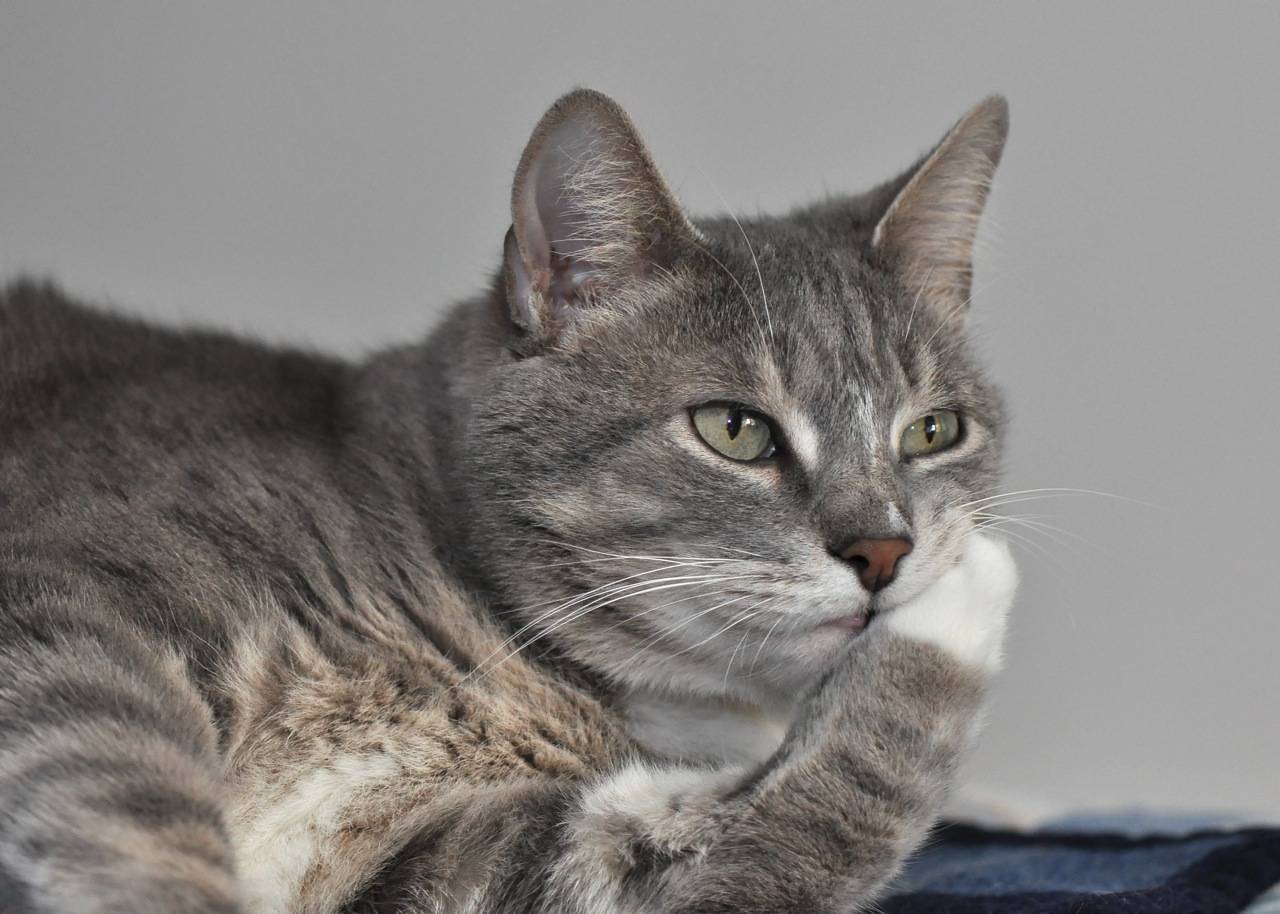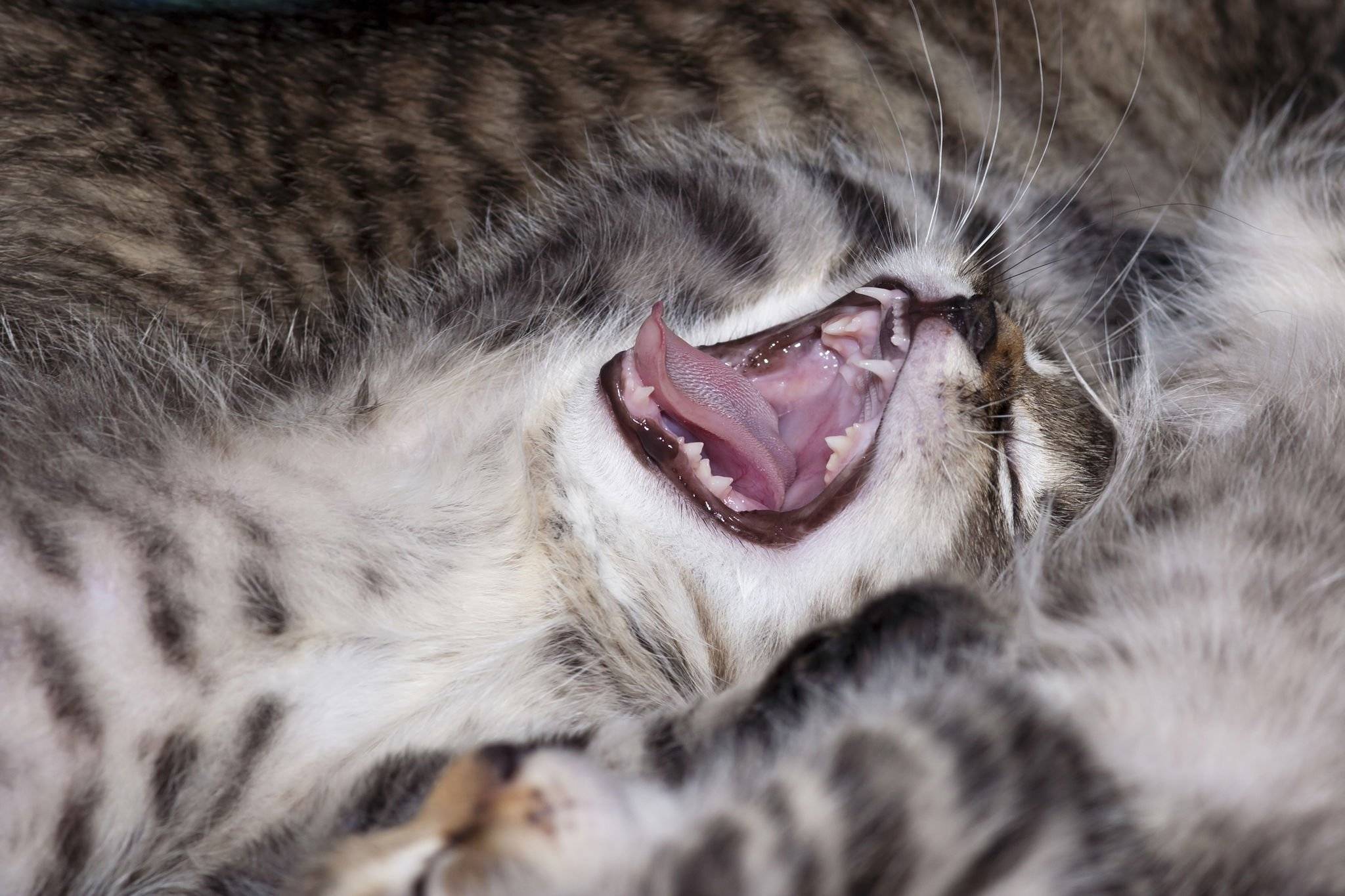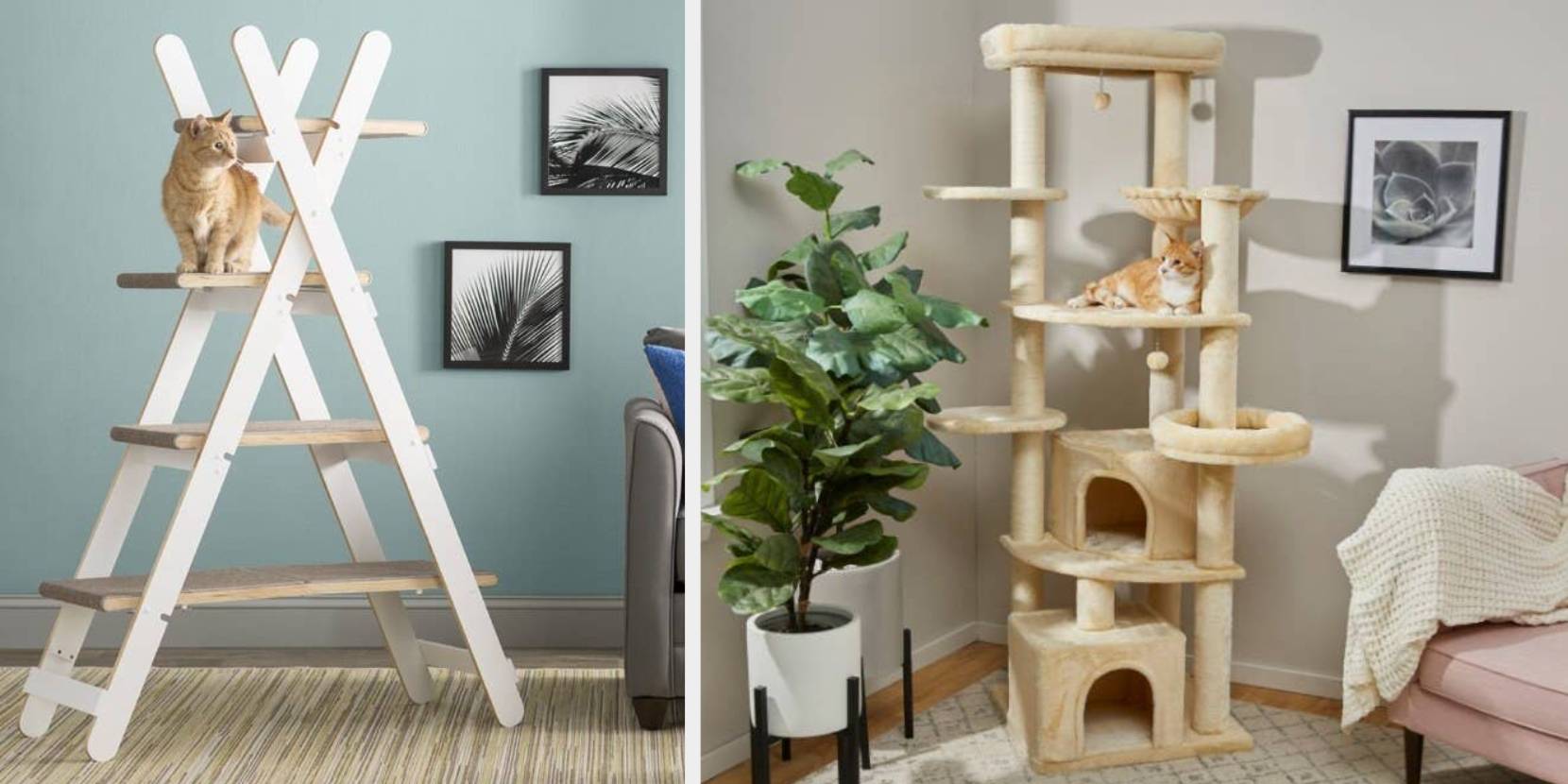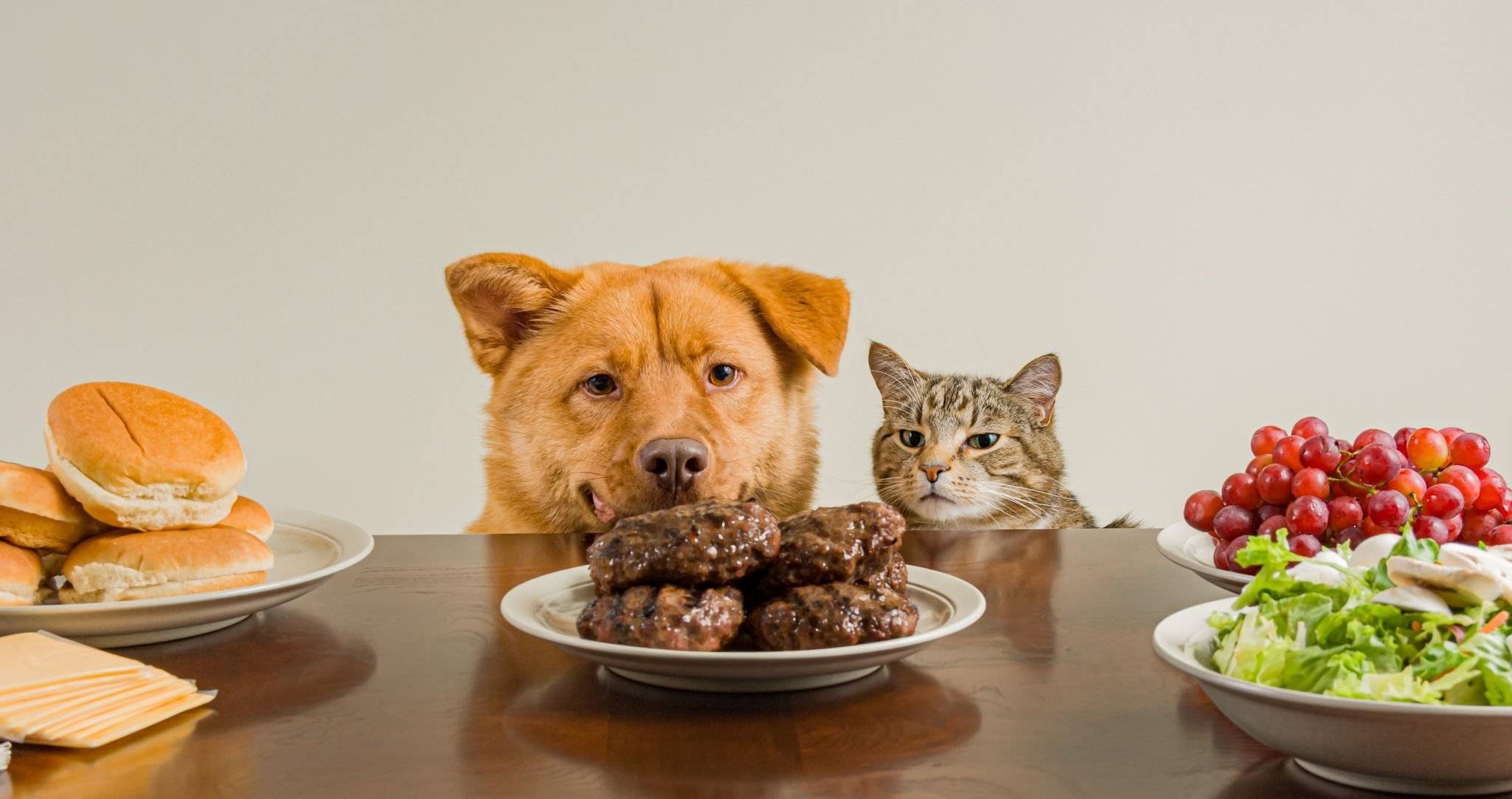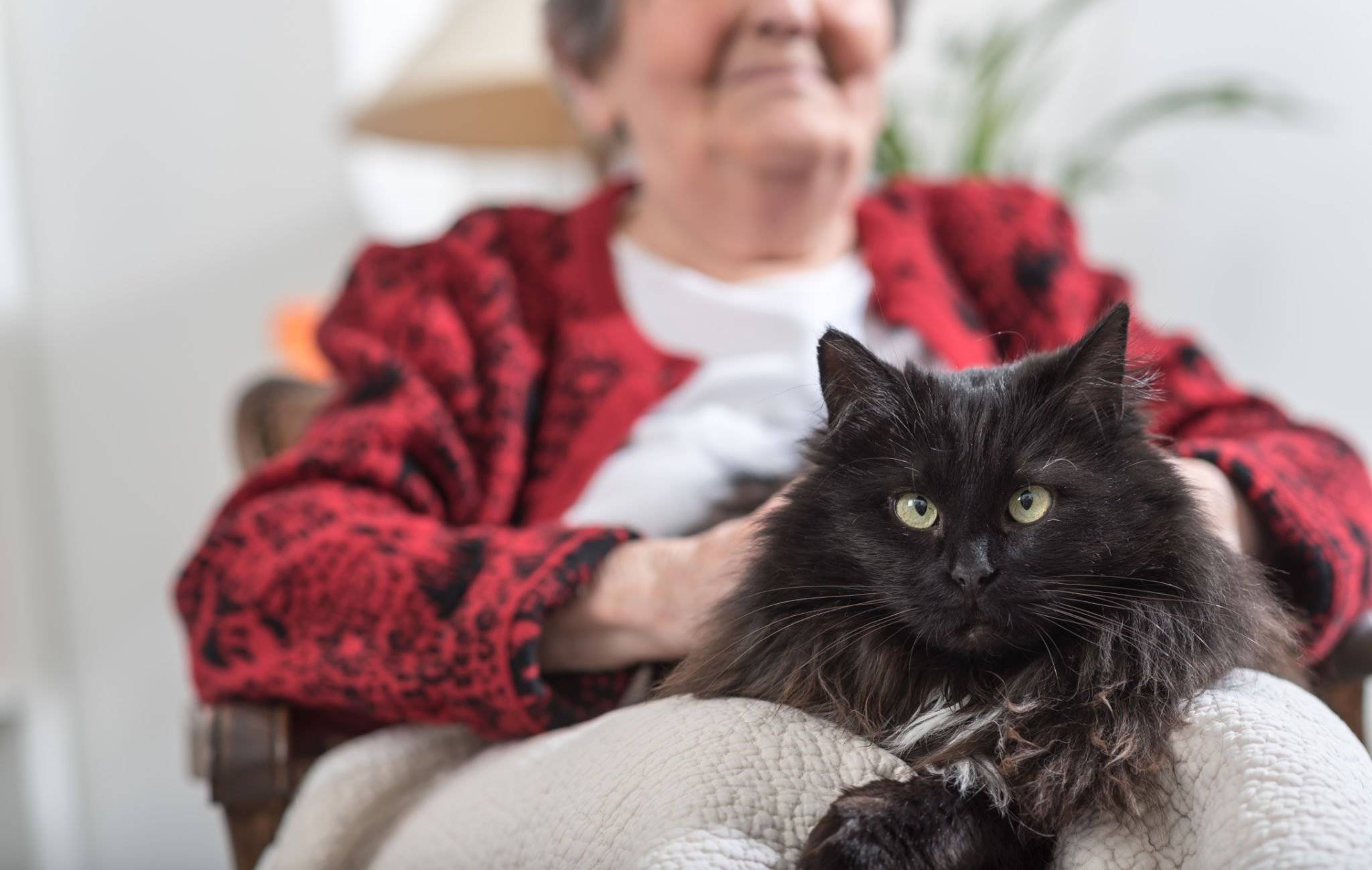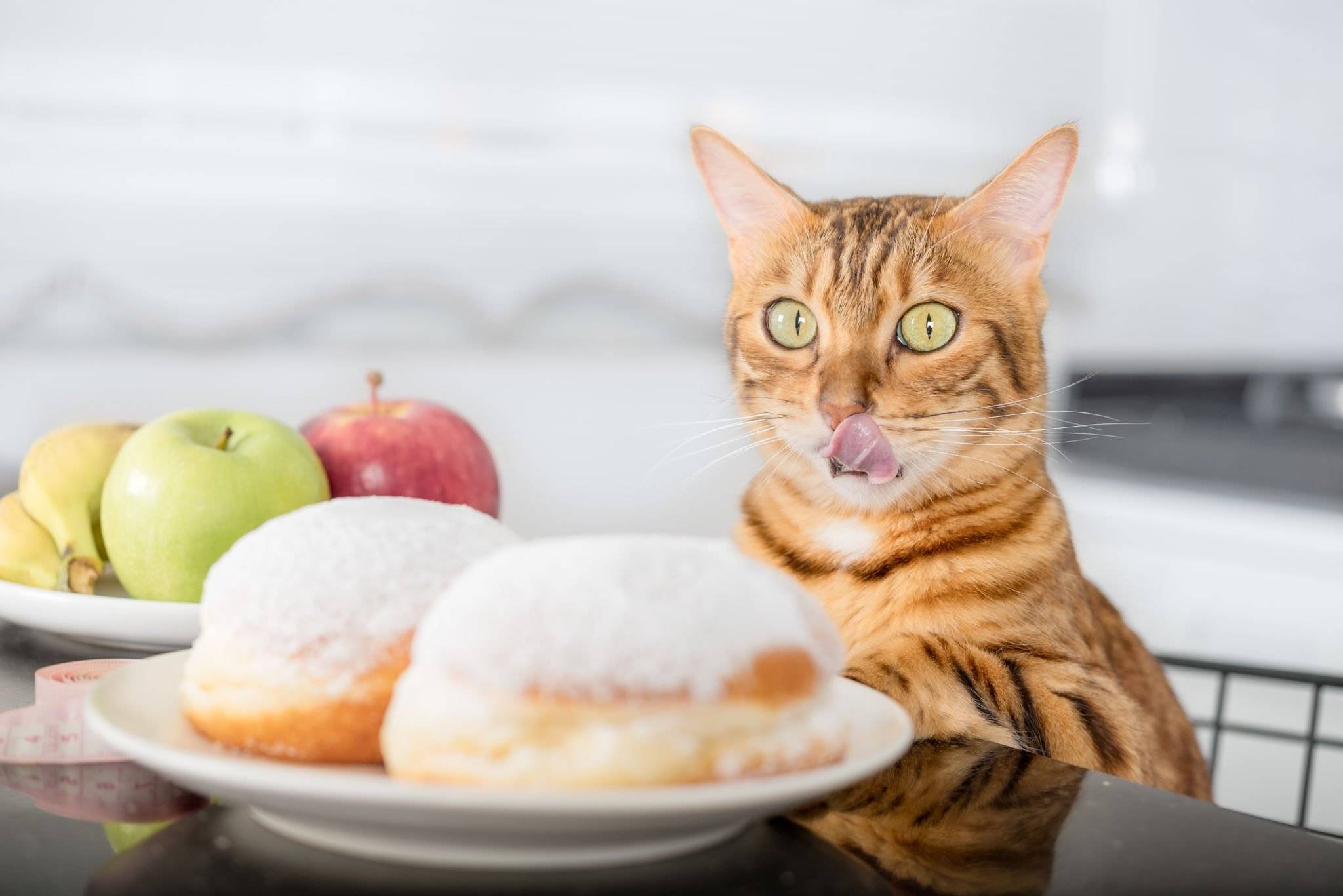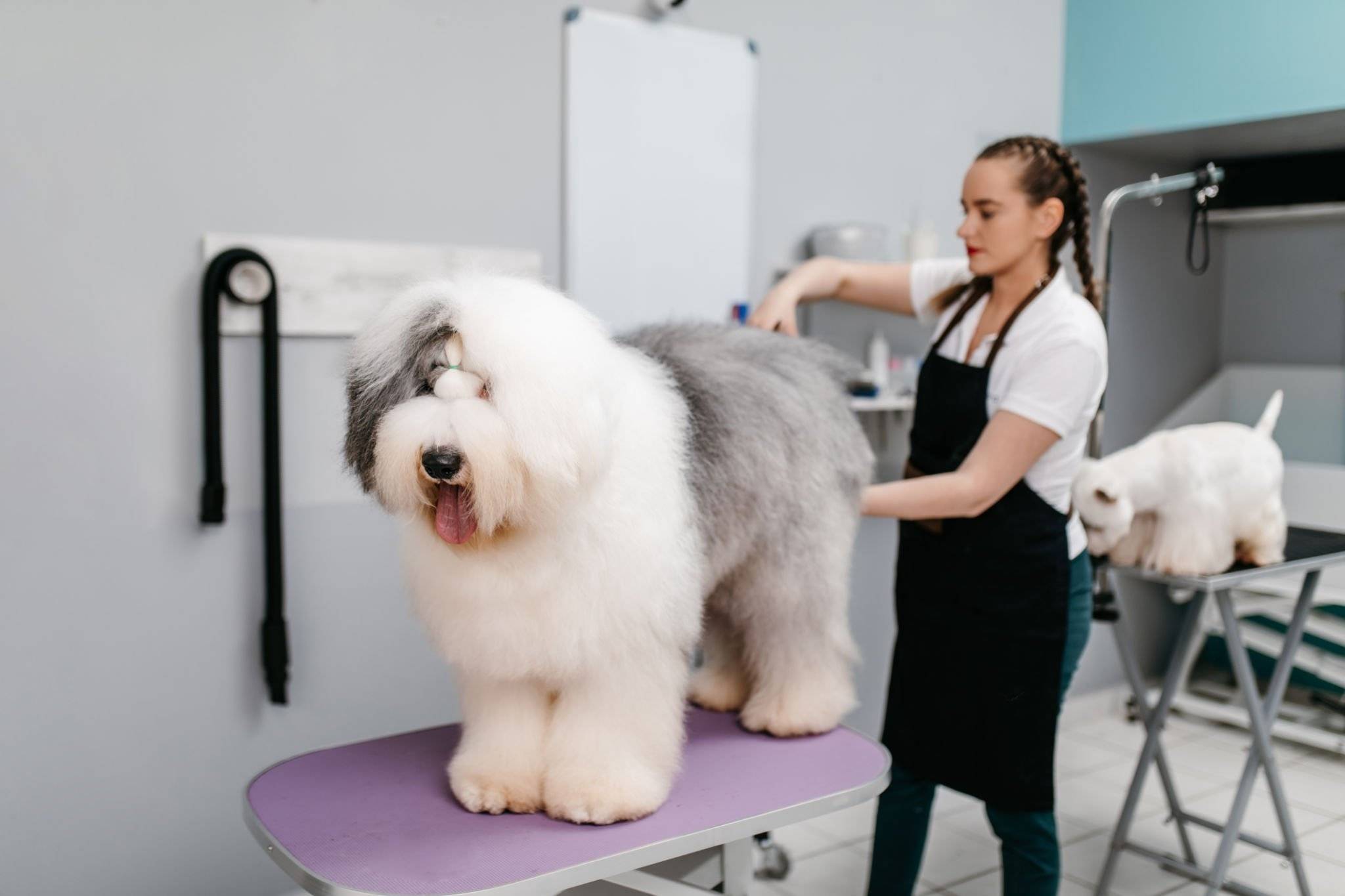
We all know how important it is to keep our furry friends, both cats and dogs, well-groomed. Regular grooming not only helps to keep their coats healthy and shiny but can also prevent hairballs and other health issues. That’s where a grooming kit for cats and dogs comes in.
A grooming kit typically includes a variety of tools, such as a slicker brush, a comb, nail clippers, and possibly even a de-shedding tool. These tools are specifically designed to help you keep your pet’s coat looking its best.
When shopping for a grooming kit for your cat or dog, there are a few things to keep in mind. First and foremost, you want to make sure that the tools are made with high-quality materials that won’t break or wear down easily. Additionally, you’ll want to consider the size and weight of the tools, as well as any special features they may have, such as an ergonomic handle or a non-slip grip.
We’ve narrowed down the options to the top six on the market. In this article, we’ll break down the pros and cons of each kit, so you can choose the best one for your furry friend, whether they are a cat or a dog.
Continue reading Best Grooming Kit for Pets in 2023: Keep Your Feline Friends Looking Their Best!
